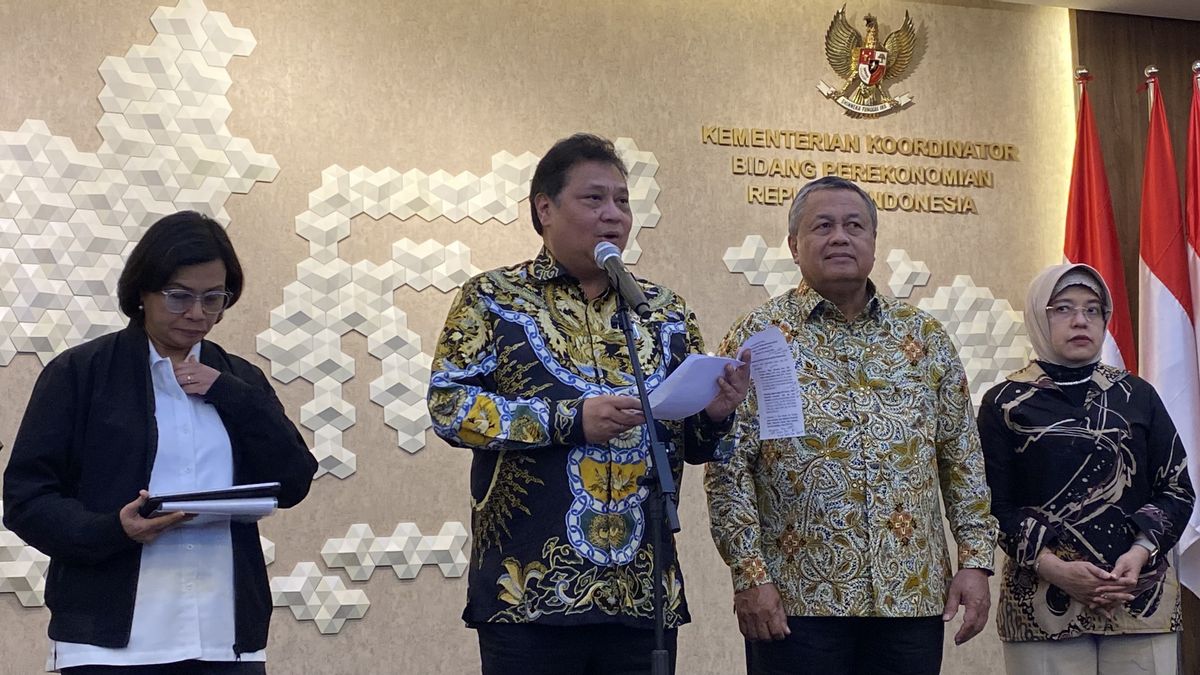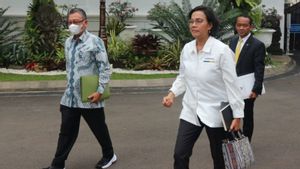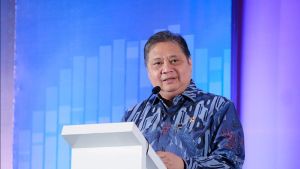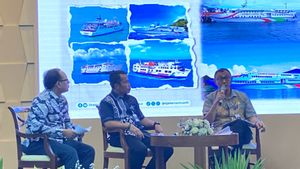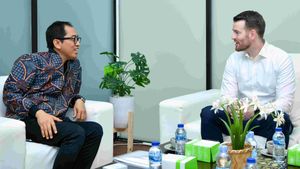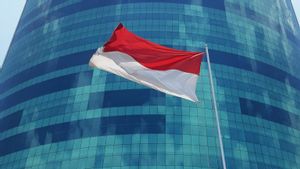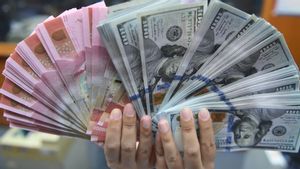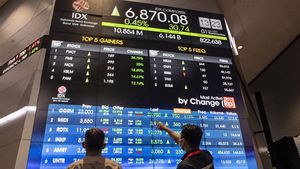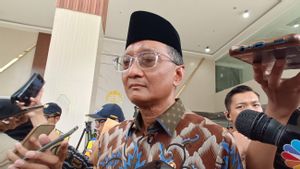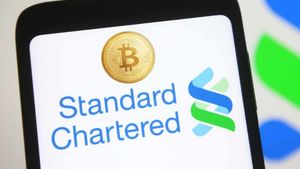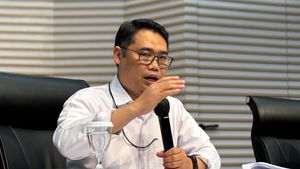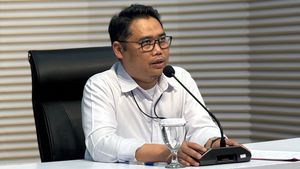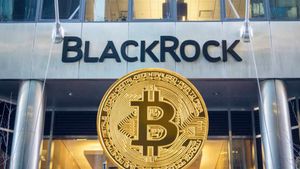Coordinating Minister for Economic Affairs Airlangga Hartarto said the account ownership rate or account had reached 76.3 percent in 2023.
"The account ownership rate has reached 76.3 percent in 2023 and this achievement is 0.3 points higher than the target of 76 percent," said Airlangga at the Coordination Meeting of the National Board of Inclusive Finance (DNKI) in Jakarta, Friday, March 23, 2024.
Meanwhile, throughout 2023 Indonesia's financial inclusion rate reached 88.7 percent.
This figure is higher than the previous year which was only 85.1 percent.
Airlangga detailed that the increase in financial inclusion in 2023, which was 88.7 percent, was driven through the KEJAR (One Account One Student) program which had reached 53.9 million accounts or an increase of 2.8 percent year on year (yoy).
Furthermore, it was driven by electronic money ownership which had reached 150.7 million accounts, an increase of 11.2 percent (yoy). And driven by the opening of bank accounts for Mekaar customers of 13.68 million accounts or an increase of 92 percent (yoy).
Then 30 million QRIS merchants, 1.11 million pre-employment card distributions and subsidized financing at 4.64 million People's Business Credit (KUR) debtors, and reach communities in rural areas of 1.18 million intelligently sold agents and 932 thousand digital financial services.
Furthermore, Airlangga said, the government set a financial inclusion target for 2024 of 90 percent. Meanwhile, the target for account ownership this year is set at 80 percent.
"Likewise, the target for account ownership in 2025 is estimated at 82 percent, we increase this by 2 percent per year, so that in 2026 it will be 84 percent and then by 2029 it will be 90 percent," he said.
On the other hand, Airlangga assessed that there are still various challenges such as reducing the gap by increasing public literacy.
"We are still seeing some challenges, namely that it has been explained, there is a gap between the level of inclusion and literacy of 35.4 percent," he said.
Airlangga added that another challenge is disparity or differences or distance between regions and between socio-economic groups.
"Disparity at the level of inclusion and financial literacy between regions, between community social groups, and of course rural communities have not been fully served by formal financial institutions of 29.3 percent," he explained.
SEE ALSO:
Therefore, Airlangga said that there is still a need for an increase in legal protection for consumers, as well as inclusive data and finance measurements in various community groups, including people with disabilities in disadvantaged areas and Indonesian migrant workers (PMI).
"Also need inclusive financial data for intervention groups such as people with disabilities in disadvantaged areas, and migrant workers, and institutional strengthening from DNKI and also accelerating regional financial access to the National Committee for Financial Literacy and Inclusion," he said.
In addition, Airlangga said, the government is preparing the RPP of this national financial inclusion and literacy committee as a mandate of the Financial Sector Development and Strengthening Law (UU P2SK).
The English, Chinese, Japanese, Arabic, and French versions are automatically generated by the AI. So there may still be inaccuracies in translating, please always see Indonesian as our main language. (system supported by DigitalSiber.id)
